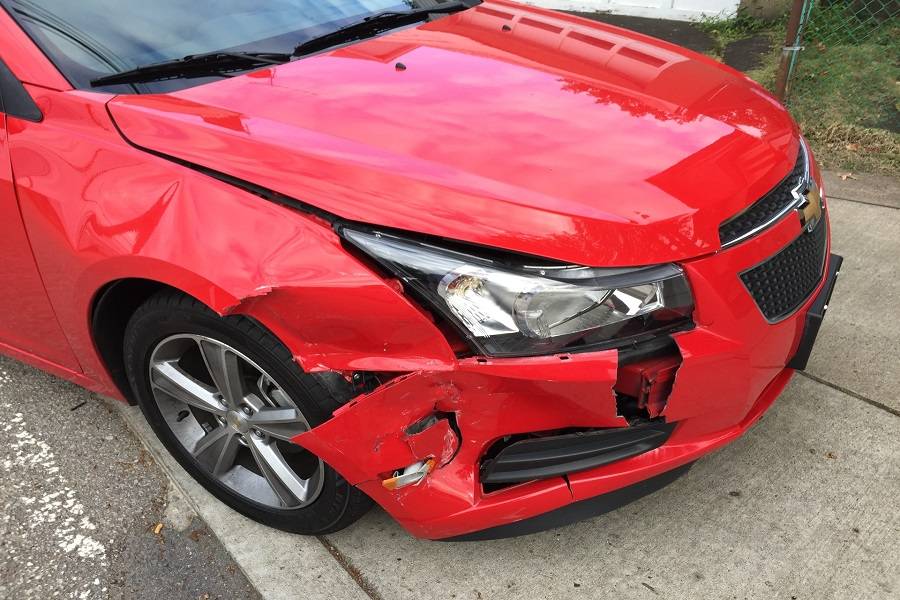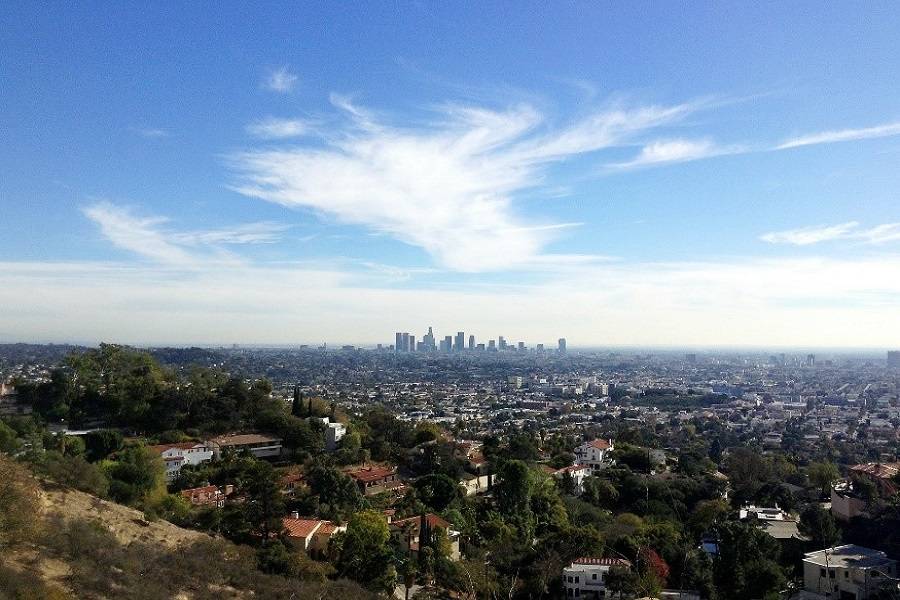After getting into a traffic accident your first concern will be everyone’s safety. Then your thoughts may immediately turn to the expense of medical care and car repair that lies ahead. Who will pay for any costs that arise? Does the other driver even have car insurance?
How to Find Out If Someone Has Auto Insurance Coverage
Sadly, you could be forced to track down the insurance status of the at-fault driver yourself. There are a few options available to you to help in figuring out just who is covered and who’s not.
At the Accident Scene
You may never have a better opportunity to gather information on the other drivers involved and their insurance policy information than at the scene, minutes after a collision. An important thing that you should do is to contact the police right away. Their traffic collision report can contain witness statements and an admission of fault by the other driver and can prevent the other driver’s insurance company from trying to shift the blame to you.
 How Much Is Your Settlement Worth?
How Much Is Your Settlement Worth?
Schedule a completely free, no obligation consultation with our team
Schedule Consultation
If a police officer responds to the accident, the officer will collect the other driver’s information and include it in the report. Drivers are required to show proof of insurance to officers.
When there is no officer at the, you should ask the other driver for their information. Take photos of their insurance card and driver’s license, as well as the license plate on their car.
You must share and exchange your auto insurance information with the other driver(s) after an accident in California.
On the Scene of a Hit-And-Run
When your accident involves a hit-and-run, you’ll want to stay on the scene, contact the police, and file an accident report. If you managed to get the license plate number or a make and model of the offending driver’s car, police may still identify the driver and provide you with their insurance information.
Reporting an Accident to the Police, Sheriff’s Department, or California Highway Patrol
If you get into an accident with only a permit or carry uninsured motorist bodily injury coverage, you are required to report an accident to report a hit and run accident to the police (or applicable local sheriff’s department) within 24 hours of the accident. If the police cannot or do not come to the scene, you should go to the nearest station to where the accident occurred. If the accident occurred on the freeway, you should contact the California Highway Patrol.
Contacting the Insurance Companies
The other driver should provide you with the name of their auto insurance provider and policy number. If you hire a law office for injuries you sustained in your accident, you should provide this information to them so they can make a claim on your behalf with the at-fault driver’s insurance company and with your own insurance company.
Request Your Free Consultation
"*" indicates required fields
Checking with the DMV
If there is no cooperation from the other driver (i.e. a hit and run accident or they refuse to provide their insurance information) and if there is no response by authorities to the scene, you may have to make an inquiry with the Department of Motor Vehicles. A Form SR 19C (Financial Responsibility Information Request) should be submitted to the DMV with a check for $20 to try to obtain the liability insurance information on file for the registered owner of the other vehicle.
If a Report of Traffic Accident Occurring in California (SR 1) form was not previously filed, one should also be sent to the DMV with the SR 19C form. Your lawyer or law office should take care of this for you if you hire an attorney or law firm to represent you.
What If the At-Fault Driver Doesn’t Have Insurance?
According to the Insurance Information Institute (III), California ranks near the top for its number of uninsured drivers. The III ranked California tenth out of all 50 states. Over 16% of California drivers are believed to be traveling around without coverage.
 How Much Is Your Settlement Worth?
How Much Is Your Settlement Worth?
Schedule a completely free, no obligation consultation with our team
Schedule Consultation
So, chances are pretty high that you’ll get into an accident with someone who doesn’t carry auto insurance. In this case, the driver can be issued a citation, but that alone doesn’t help you.
You’ll have to turn to the uninsured or underinsured bodily injury motorist portion of your insurance policy.
Your insurance company can provide coverage to compensate you for your injuries if the at-fault driver isn’t insured or his or her policy isn’t extensive enough to cover all of your damages.
What Insurance Coverage Applies If I’m Struck by a Hit and Run Driver?
The uninsured or underinsured bodily injury motorist coverage on your own policy is again called into play if the at-fault driver remains unidentified. The absent driver is treated as an uninsured motorist.
If the hit-and-run driver is located and they had liability insurance information at the time of the accident, you can proceed with an accident claim against his or her insurance. Otherwise, you’ll still have to depend on your own coverage.
Contact a Los Angeles Car Accident Lawyer
A scary accident can leave you physically vulnerable and put you at great risk financially. That’s especially true when the other driver’s car insurance situation is a bit of a mystery. After you or a loved one has been the victim of a careless driver, reach out to a Los Angeles car accident lawyer before talking to anyone else.
Contact Personal Injury Attorney Allen Vaysberg and the Law Offices of Steers & Associates for a free, no-obligation consultation of your case. We are a family-owned law firm, and we treat victims and their families the way we’d want to be treated after going through such a traumatic event.

Allen Vaysberg practices personal injury law and works tirelessly to defeat the tactics of insurance companies and large corporations who try to deny justice and fair compensation to injured people.


